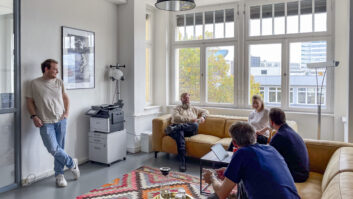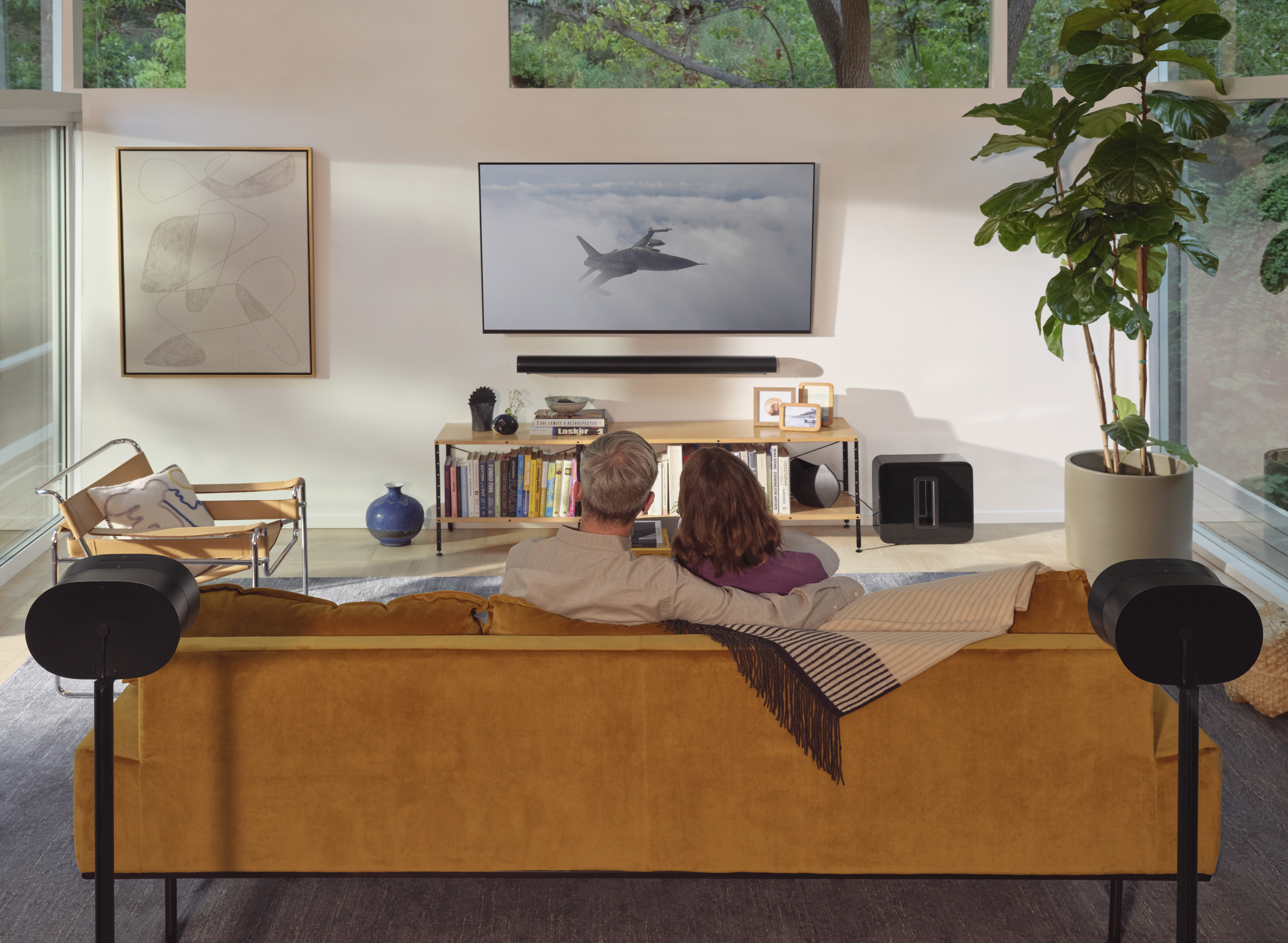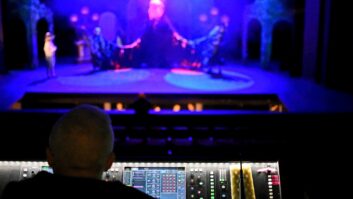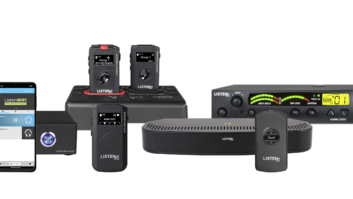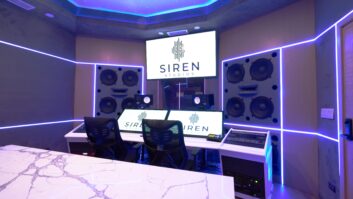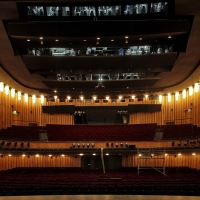
After two years of renovation work, Berlin’s Schiller Theater has become the temporary home of the Berlin State Opera while its native Unter den Linden theatre undergoes restoration.
Salzbrenner Stagetec Mediagroup was selected to help make the 200-year-old theatre an appropriate home for opera – and, after eight months, the Schiller Theater now has the audio, video, stage management, sound reinforcement systems, and voice evacuation and public address systems it needs.
While the stage management and evacuation/PA systems were designed from scratch, numerous existing audio components had to be integrated into the new digital audio infrastructure for the auditorium and production rooms. Salzbrenner installed a fully digital NEXUS system featuring 268 inputs and 184 outputs. Optical lines and a total of six MADI units interconnect two mixing consoles located in the control room and in a small production studio. Another two mobile NEXUS Base Devices provide additional digital connectivity to a small console in the hall or to OB vehicles.
The NEXUS transmits the signals to a copper-based network that makes the audio available at critical locations throughout the premises via 20 Ghielmetti patch bays. More than 50km of cabling were installed to achieve this unusual combination of digital and analogue systems.
The stage-management and PA/evacuation systems have a complex digital infrastructure. The core of the system is a fully populated STAGE 300 stage management console by Salzbrenner supporting 15 subscriber units serving 64 loops. This huge number of loops allows for fine-grained addressing of individual zones inside the labyrinthine building.
The backbone of the stage management setup is a NEXUS system which runs as a dedicated system but is connected to the mixing/sound-reinforcement NEXUS over MADI lines. It also provides connectivity to a second mobile stage management desk that is connected to the main desk, but does not include video components. The STAGE 300 system is also the main platform of the public address and evacuation system, feeding almost 800 speakers, with individual digital monitoring modules all over the premises.
Finally, the video network is predominantly analogue and incorporates mostly existing devices. More than 3,000m of FBAS video cabling (75 ohm) was used to connect five mobile and two stationary cameras delivering footage from the conductor’s stand, the stage tower and so on. The video is distributed to a small recording studio, various stage-monitoring systems, the stage manager’s station, the projector, and a number of TFT screens located in the foyer.


